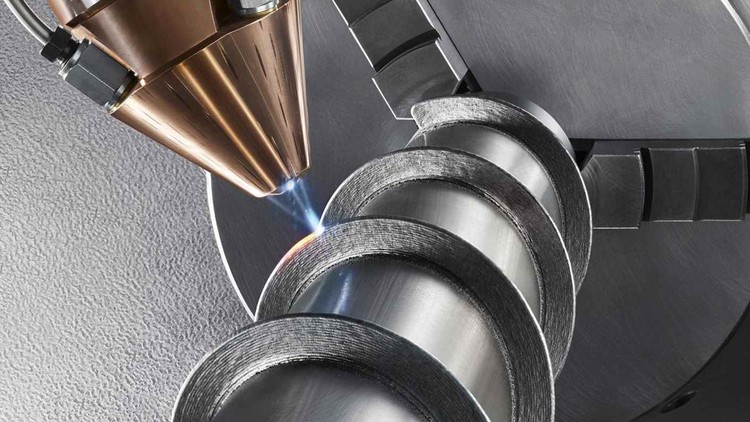
The course gives you a 360-degree introduction to the 3D printing technology Directed Energy Deposition
What you will learn
Understanding of the DED technology and how it works
Overview of benefits and limitations for this specific 3D printing technology
Knowledge of materials and process steps
Insight into the various design options as well as the design rules for this technology
Inspiration for different applications of the technology from case examples
Attention to the safety aspects
Knowledge of quality assurance and post processing
Why take this course?
This online course focuses on the 3D printing technology Directed Energy Deposition – or DED. The course gives you a 360-degree introduction to the technology, where you learn about e.g. the printing process, typical applications of the technology, types of materials, design options and the different types of finishing. This will give you an understanding of the benefits and limitations of the technology so you can better assess when it makes sense to apply.
Learn more about Directed Energy Deposition
‘;
}});
Additive Manufacturing (AM) – or 3D printing – is increasingly used as a production resource and thus no longer only for prototypes.
In this course, we go in depth with the 3D printing technology Directed Energy Deposition. Here you get an overview of all the different aspects of the technology, so you are better equipped to assess whether Directed Energy Deposition makes sense for you – and when. With the Danish Technological Institute as a course provider, you are also sure to get an independent and objective review of the technology.
Benefits
- Understanding of the technology and how it works
- Overview of benefits and limitations for this specific 3D printing technology
- Knowledge of materials and process steps
- Insight into the various design options as well as the design rules for this technology
- Inspiration for different applications of the technology from case examples
- Attention to the safety aspects
- Knowledge of quality assurance and post processing
